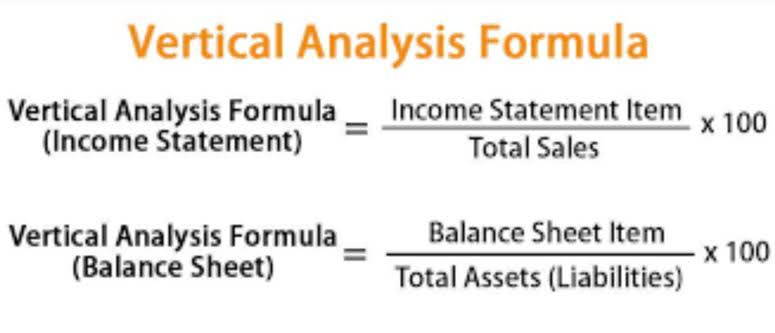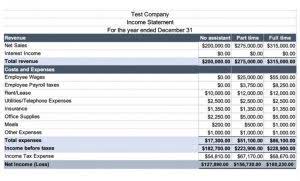
However, if you know the characteristics https://www.bookstime.com/ of a liability, you can categorize a transaction as one. Liabilities exist because there are obligations between two parties. In this case, your business has an obligation to do something for or to give something to another person or entity.
Debits and credits
Financial liabilities can be either long-term or short-term depending on whether you’ll be paying them off within a year. AT&T clearly https://www.instagram.com/bookstime_inc defines its bank debt that’s maturing in less than one year under current liabilities. This is often used as operating capital for day-to-day operations by a company of this size rather than funding larger items which would be better suited using long-term debt.
- A company might take out debt to expand and grow its business or an individual may take out a mortgage to purchase a home.
- Keep up with Michelle’s CPA career — and ultramarathoning endeavors — on LinkedIn.
- Furthermore, liability insurance premiums regularly appear on a business’s financial statements.
- She has worked in multiple cities covering breaking news, politics, education, and more.
- These obligations can offer insights into a company’s ability to manage its debts and its potential capacity to take on additional financing in the future.
Examples of Contingent Liabilities
- These can play a critical role in the long-term financing of your business and your long-term solvency.
- Properly managing a company’s liabilities is vital for maintaining solvency and avoiding financial crises.
- An operating lease is recorded as a rental expense, while a finance lease is treated as a long-term liability and an asset on the balance sheet.
- We’re firm believers in the Golden Rule, which is why editorial opinions are ours alone and have not been previously reviewed, approved, or endorsed by included advertisers.
- Accountants call the debts you record in your books «liabilities,» and knowing how to find and record them is an important part of bookkeeping and accounting.
Here is a list of some of the most common examples of non-current liabilities. These can play a critical role in the long-term financing of your business and your long-term solvency. If you’re unable to repay any of your non-current liabilities when they’re due, your business could end up in a solvency crisis. When it comes to short-term liquidity measures, current liabilities get used as key components. Here are a few metrics and key ratios that potential investors and management teams look at to perform a financial analysis.
What is considered an asset?

For example, if the total liabilities of a business are $50K and the owner’s equity is $30K, then the total assets must equal $80K ($50K + $30K). Accounts payable represents money owed to vendors, utilities, and suppliers of goods or services that have been purchased on credit. Most accounts payable items need to be paid within 30 days, although in some cases it may be as little as 10 days, depending on the accounting terms offered by the vendor or supplier.
Characteristics of a Liability

Examples of liabilities include deferred taxes, credit card debt, and accounts payable. Having a better understanding of liabilities in accounting can help you make informed decisions about how to spend money within your company or organization. FreshBooks Software is a valuable tool that can help businesses efficiently manage their financial health. Long-term liabilities all liabilities in accounting are debts that take longer than a year to repay, including deferred current liabilities. Contingent liabilities are potential liabilities that depend on the outcome of future events. For example contingent liabilities can become current or long-term if realized.

A business’s liabilities can be examined in a variety of ways to determine its overall health and long-term viability. Your accounting software should automatically add up all your liabilities for you. Otherwise, you will need to manually add your liabilities up in your spreadsheet or the software of your choice. Liabilities are classified into three categories – current, non-current, and contingent.

A formal loan agreement that has payment terms that extend beyond a year are considered notes payable. When you borrow funds, you’ll have to pay interest to the creditor. However, other liabilities such as accounts payable often don’t have interest charges since these are due in less than six months.